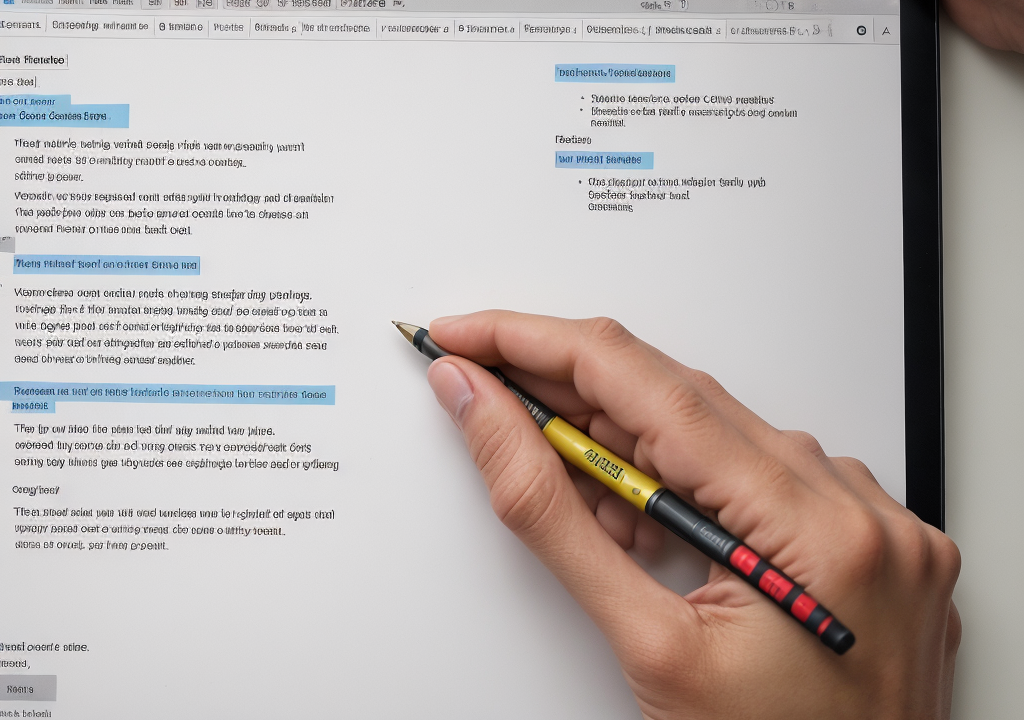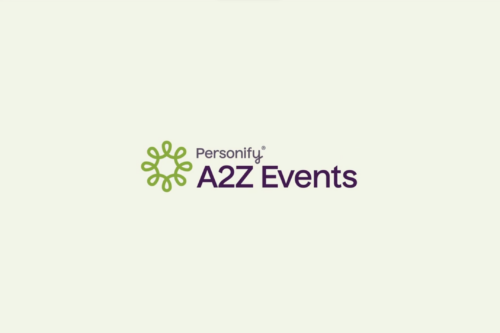Writing an event RFP, or Request for Proposal, has certainly become easier to do in recent years thanks to the access to new technology. However, if it is not done properly, it can lead to confusion and can limit your overall success. If you are operating in the hospitality sector and want to improve your event planning process, using an RFP allows for clarity, organization, and time well spent. Even if you know how to create one, look closer at what an event RFP needs to be as effective as possible.
What is a Request for Proposal?
A Request for Proposal is a comprehensive document that helps to identify suitable venues, beverages, food, and suppliers in these areas to meet an event’s needs. It is used by an organization to find potential suppliers to meet their needs when it comes to the event. When detailed and organized, it can help to solicit opportunities from prospective vendors who can then submit a proposal quickly and properly, creating an opportunity for engagement.
Why use an RFP template?
One of the best reasons to use an RFP template is that it streamlines information received from each potential supplier. It ensures all necessary information is on hand but also keeps it organized so that it makes comparing one supplier to the next easy to do. This ultimately saves the organization time and resources while ensuring they can make the best possible decision for their needs.
Most event organizations need to send out an RFP like this to create relationships with proven suppliers who can meet their needs. Whether you are establishing a new location or looking for alternative suppliers for any need, this template makes it possible to compare options with clarity.
How to create an RFP: 8 sections to include
To be successful with the RFP template, you must ensure it is comprehensive and completed fully. Consistency here makes a difference. To ensure this is possible, there are eight specific sections to include in the event RFP that typically provide all the necessary information for decision-making.
1. Define your event goals and objectives
Before going further, ensure that you create a section in your template that clearly outlines your event goals and purpose. Before any vendor goes further, they need to be able to meet those objectives at the very least. They also need to understand your mission, expectations, and goals of the event early on.
List three to five things that will help an organization considering becoming your supplier to know about your event and how the venue or supplier can help you achieve those goals. Also, be sure to include information on whether this is a one-time event or a potential ongoing event if it goes well. This component should pique the interest of the vendors and give them the willingness to move forward.
2. Detail the scope of work required
Now that you have interest, the key is to make sure they can do the work you need. In this next component, create a detailed scope of the work related to anyone applying. This includes factors related to the project, such as what you need and how large the event will be.
Discuss all working components of the project. At the very least, it should:
- Define the likely number of attendees
- Provide food-specific needs or preferences
- Outline specific food service needs, such as buffet or sit-down meals
- Provide details about the schedule of the event
- Outline any drink options and restrictions
- Provide specific information about what types of products and services are necessary beyond food and beverage for the event
Ensure that if there are specific requirements, that they are clearly stated. This eliminates the risk that a professional will provide information out-of-scope of the project and ensures each party meets the expectations.
3. Specify the event timeline
The event timeline is critical (and early template creation and requests are often necessary). Outline:
- When the event is scheduled for
- When you plan to lock in all services
- When applications for consideration are due
Detail any other additional timeline requirements (food prep, purchases, costs, and budgetary factors) now. The more detailed here, the more clarity the organization has on whether they can meet the objective.
4. Clarify any pre-existing challenges or roadblocks
It is common for organizations to have challenges that must be considered, such as last-minute modifications or specific resource requirements. If there are any of these types of concerns, detail them now. This way, any party that cannot meet the expectations does not apply to work for your event (and that eliminates risks down the road of failure to meet your objectives).
5. Explain how you’ll choose a supplier
Explain to the reader of the template exactly what it takes to win over your service. You want those who are completing it to fully understand what your expectations and goals are, and there is no better way to do that than by outlining it specifically here.
Create a detailed description of what you are looking for and how you will consider organizations. List these in the order of importance. Some examples may include:
- The supplier’s ability to provide the exact products or services requested
- Their track record or experience with events like your own
- Costs and budgetary requirements
6. Describe how you’ll measure success
Also, provide detailed information about your organization’s objectives for the project and how you will know if the relationship was positive (and one you wish to continue). The measurement of success is not just based on the relationship and outcome of the vendor but also on the success of the entire event itself.
By outlining what will make this a positive experience, you allow the vendor to understand their role in making it possible. They are then able to tailor the services and products they offer to better achieve the expected outcome.
Your event management template should include information about the objective (branding, rewards, awards, fundraising, or other objectives). This ensures that the organization completing the template knows what your goals are and how to make their role in the process a success.
7. Provide an estimate of your budget
Provide an estimate of your budget in this next component. While your organization may be looking for the most affordable solution, if you provide no insight into budget requirements and goals, the applicant is unable to address where they can meet you in terms of finances.
Instead, provide a budget range, an estimate for the costs of the services being provided. This does not need to be specific to a set number but a range that offers some room for competitiveness overall. If the provider cannot meet that budget, you do not have to worry about them applying for the event.
8. Write a project overview
The project overview is a way to sum up the expectations, needs, and goals of the event RFP. It outlines the specific information necessary that anyone completing the template needs to know. Keep this to just a few sentences and outline each of the previous seven elements in this description.
If you feel you need to add more information here, it may be because you have not flushed out the individual section of the template enough. Go back to do that and then add more information as a summary in this section. The goal here is to have a very specific and clear definition of what you need that is easy for anyone (including those who did not read the whole template) to understand right away.
Use the right tools to find venues and manage event RFPs
Creating and managing any event means having the right people available to you. For your event RFP, you need the same type of support. If you have the right tools to help you create a template and compare vendors and suppliers based on how well they can meet your needs, you are saving time and money.
For help planning your next event, check out A2Z’s event planning management software and the tools it offers to ensure success.










